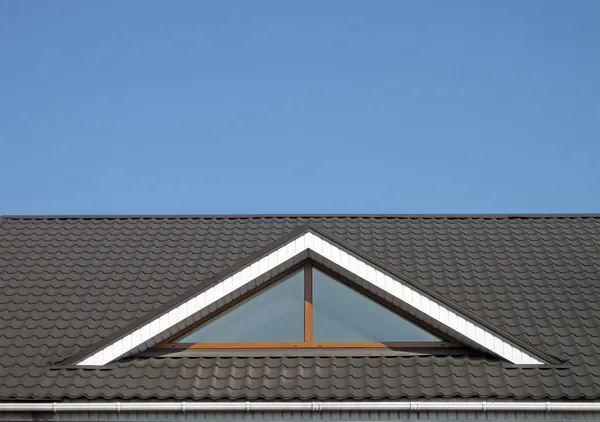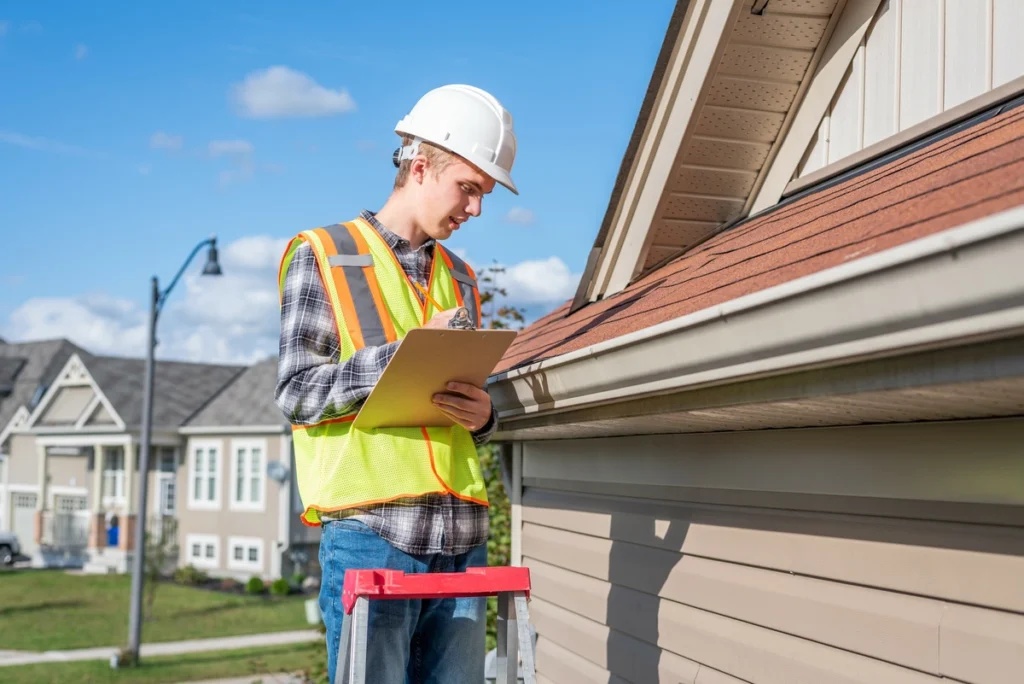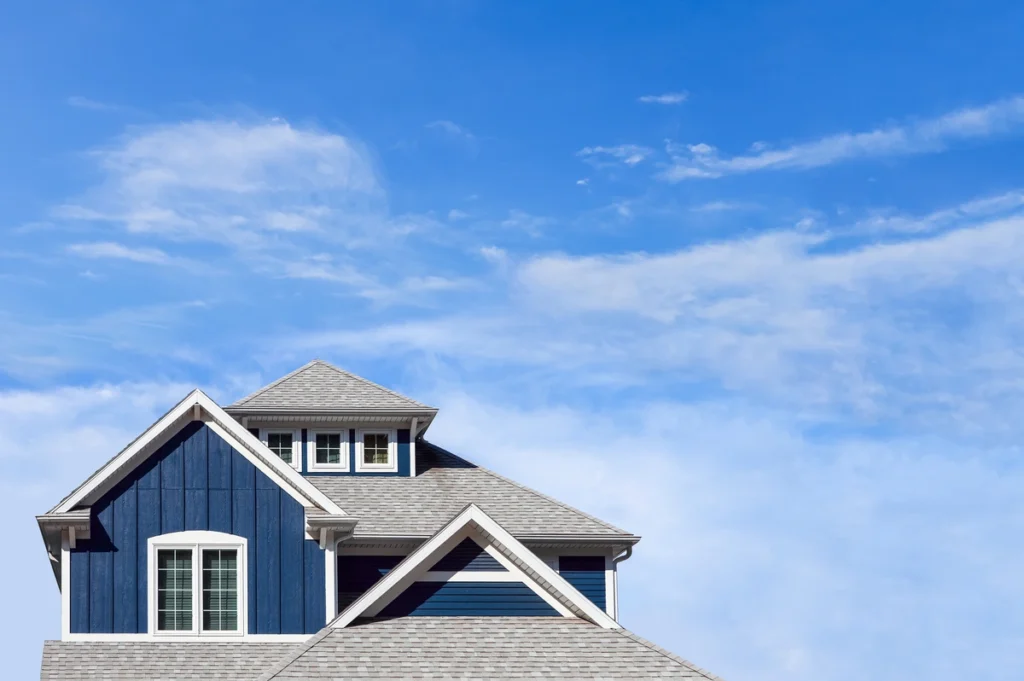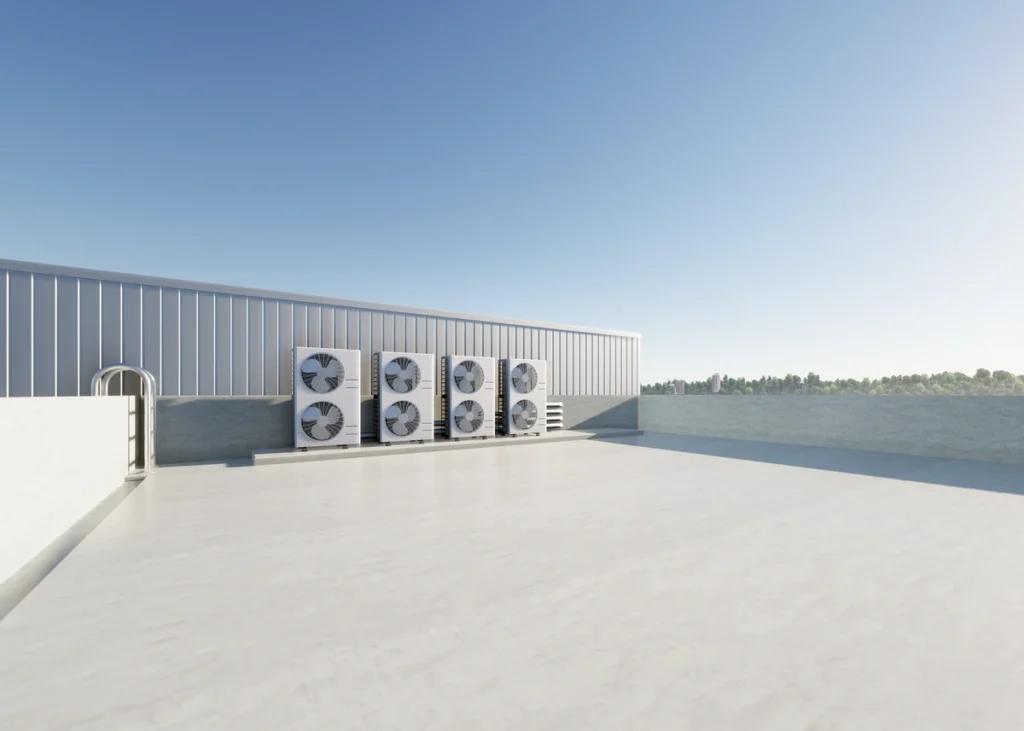If you think your roof is past its lifespan already, or if the damage has harmful effects on you and your family, then it is definitely time for a roof replacement.
As such, here are the most durable roofing options on residential properties for decades.
Asphalt Shingles
Asphalt shingles are the most common type of roofing material. They can withstand a wide variety of weather conditions for many years before needing replacement.
If you live in hail-prone areas and need protection from hail damage, consider installing hail-resistant shingles. Asphalt shingles are also the best choice for roof replacement because they require low maintenance, are diverse, and provide various benefits to homeowners.
So, are hail-resistant shingles worth it? The answer is a big YES! They can make your roof nearly impenetrable to most hail-related damage.
Signs that your roof may need to be replaced
Aside from knowing the lifespan of your roof, check for signs of a shot roof:
✔️ Don’t Discount Small Hail
Even pebble-sized projectiles can weaken your roof or chip away at the outer layers of your roofing structure.
Pro tip:
Call your roofing contractor right away to survey damage in your roof, especially if you don’t feel like inspecting it yourself. Most homeowners insurance policies cover the cost of repairing or replacing a roof if it is a natural disaster-related case.
✔️ File an Insurance Roof Claim
To ensure approval of the hail damage roof claim, keep a record of repairs and probably before and after pictures – failure to do so may cause your adjuster to refuse to cover the repair costs.
Unless the claim is approved, don’t sign any paperwork. Since a hail damage roof is an urgent issue, homeowners must know the effective hail storm preventive tips to clamp down a hail damage roof and level up your overall disaster preparedness.
✔️ Hail Proof Your Roof
There is no definitive way to prevent hailstones from damaging roofs. So as soon as you learn that a hail storm is a possibility, it is best to have your roofing contractors hail-proof your existing shingles or replace them with more robust, weather-resistant materials.
✔️ Act Fast to Prevent Additional Costs
Roof inspection after a storm is a must – no questions asked. As soon as you noticed an issue with your roof, act immediately to avoid catastrophic damage to your property.
✔️ Always Put Safety First
Contact your trusted roofing contractor to do a full roof inspection following a destructive storm. Most roofing contractors offer a free assessment and tell you the current state your roof is in.
✔️ Don’t Compromise
A reliable roof is essential for any home. So do routine checks to ensure that there isn’t any compromise in the roofing system and catch signs of failing roof early.
Unexpected roof damage is the last thing that any homeowner would want to deal with, but when it does happen, call the best roofing company to get your roof problem fixed.
✔️ Stop the Leak While You Wait
While waiting for the inspection schedule, you can make temporary fixes like putting a bucket under leaks and removing any valuables in the area to contain the leak and suppress further damage.
✔️ Ensure Proper Documentation
There are good reasons for these. Your documentation supports your claim and gives you an idea of what it looks like before roofers have even set foot on the job site. It can help with any disputes you may have down the road.
✔️ Think Long-term
Always remember that extensive damage starts from small leaks and punctures that went unnoticed. Better to have your roof inspected right away than suffer the consequences later on when the damages have already built up.
If you’ve gone through the list and all the signs are pointing towards having a new roof, then it’s time to consult your trusted roofing company. Always remember that acting immediately on your roof problems can significantly reduce your probable roof replacement cost. Remember, the earlier, the better
What qualifies as a hail-resistant roof?
Generally speaking, hail-resistant roofs are guaranteed against hailstones typically less than two inches in diameter. They are particularly strong enough to resist hailstones and are designed to minimize the catastrophic damage caused by hails.
Shingles are rated from Class 1 through 4, with Class 4 shingles having the highest resistance. If you purchased roofing products that are rated as Class 4, then you have invested in premium roofing. This hail-resistant roofing— sometimes referred to as impact-resistant (IR) shingles— is designed to withstand hail damage and strong winds.
Important notices: IR materials vary per manufacturer, but you can find Class 4 shingles made from copper, aluminum, resin, and plastic. A Class 4 or UL 2218 rating makes it impact-resistant, more so, installing this type of shingles can give you a hail-resistant roof.
How much does a hail-proof roof cost?
Installing hail-resistant roofing can cost more initially, but prices are reasonable— you can get a lot of bang for your buck. Although they usually cost 10-20% more than their non-resistant counterparts, they are good value for money spent because you can cut the maintenance budget down the road.
Plus factor: policy discounts are offered by insurers if you upgrade to a Class 4 roof.
Why asphalt shingles?
Durability and strength: as homes built in rough climates have shown, asphalt shingles are known for their superior durability. Their ability to withstand the wear and tear that often accompanies hot summers, cold winters, and freak weather occurrences make them the perfect choice for your next roof options.
Cost-efficiency: installing asphalt shingles is a cheaper option from a first cost standpoint. They are more inexpensive to install and their manufacturing cost is low.







